Getting a Mortgage on an Uninhabitable House: How To
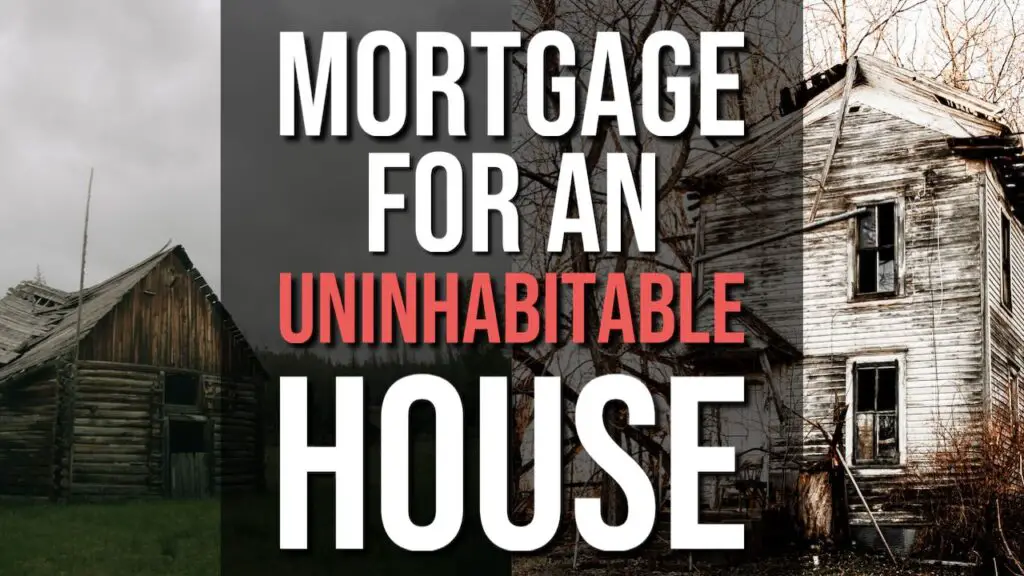
Getting a mortgage on an uninhabitable house is not an easy thing to do, but it is possible. However, a standard residential home loan will not be available to you so you need to look at these other options.
In this article I am going to address what defines an uninhabitable house and go through your potential lending options.
What Is An Uninhabitable House?

When doing research for this article I stumbled upon a forum post where a user was saying that they house wasn’t finished but it was technically ‘habitable’ for him. Working sewerage and plumbing, basic electricity, completely sealed but nothing else was complete.
Despite this the banks and lenders declared this house uninhabitable. So this leads to the question – what exactly defines an uninhabitable house?
In this case the technical definition of uninhabitable won’t work for us. Instead, we need to look from the perspective of a lender.
You want a loan with low interest rates so they need something of value to protect them in case you default on your loan and can’t pay them back.
The majority of the market wants a house they can move into straight away (habitable). If the bank has a house that needs work before a normal person can live there it means less people are likely to be interested in the property (a lot less) and it will be hard to sell and get their money back.
So while each lender may define ‘uninhabitable’ slightly different, for most it is simply a home that is of a high enough standard for a normal person to live in. Aka not a trades person doing the renovations or owner builder.
You Cannot Get Standard Finance For An Uninhabitable House
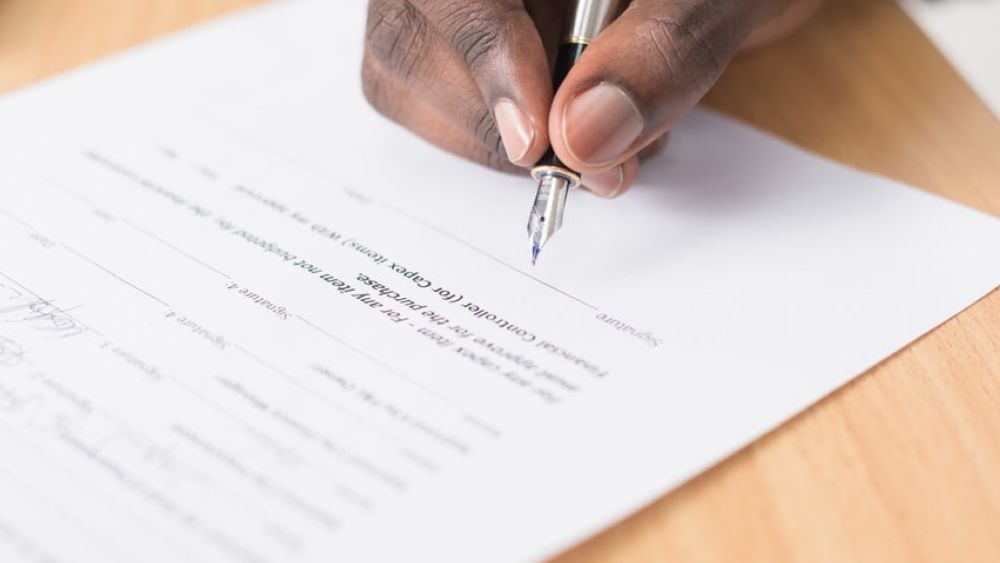
Professional mortgage brokers (of which I am not) may prove me wrong on this but 99.9% of the time you cannot get a standard home loan for an uninhabitable house, and this is where most people go wrong.
Most people go to a bank or a broker and say “I want a home loan” and the banks or mortgage broker say “sure, on what house”. Then you show them the house and they say “No way mate! That house isn’t even finished yet…that’s not a standard home”.
The conversation usually stops there and you get told it’s impossible.
Why does this occur when lending is possible on uninhabitable houses? I think it occurs for these main reasons
- People who work for banks/lenders are hired to do one thing – provide home loans within the scope of their company. As you don’t fit in that scope it is easier for them to say “Nope can’t do it” than it is to look into it further for you
- Mortgage brokers offer a FREE service to you as they are paid commission once a loan goes through. The easiest loans to get through are standard home loans. That is the easiest way for a mortgage broker to be paid so they focus on growing their business that way.
Now I am not saying there aren’t exceptions to the rules…there are many excellent mortgage brokers who have a broad depth of knowledge. But you need to find the right one.
4 Ways To Get Finance on an Uninhabitable House
I am now going to go into detail on the 4 ways to access finance for what is generally considered an uninhabitable house
1. A Standard Construction Loan
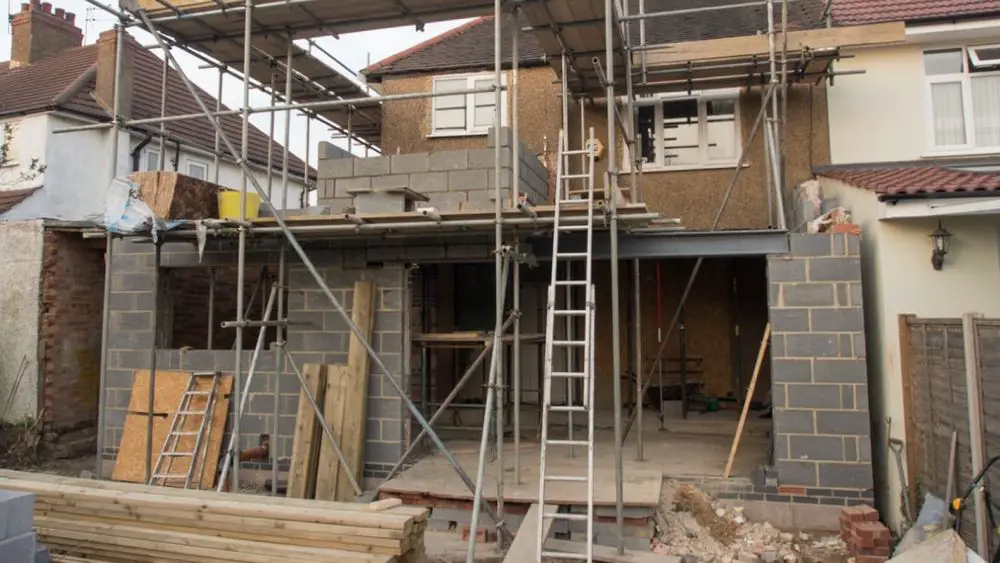
If you can get a quote from a registered builder for the costs to complete the existing property then you are likely to be able to source finance for a construction loan.
The maximum borrowing for a construction loan is 90% LVR (Loan to Value Ratio) for the land and the construction. For an uninhabitable house it may be possible to source 90% finance for the value of the land/existing property plus the construction costs.
Not all lenders do this, some only offer 80% finance and some don’t finance construction loans at all. Speak to a knowledgeable mortgage broker for more personalised advice.
2. An Owner Build Construction Loan
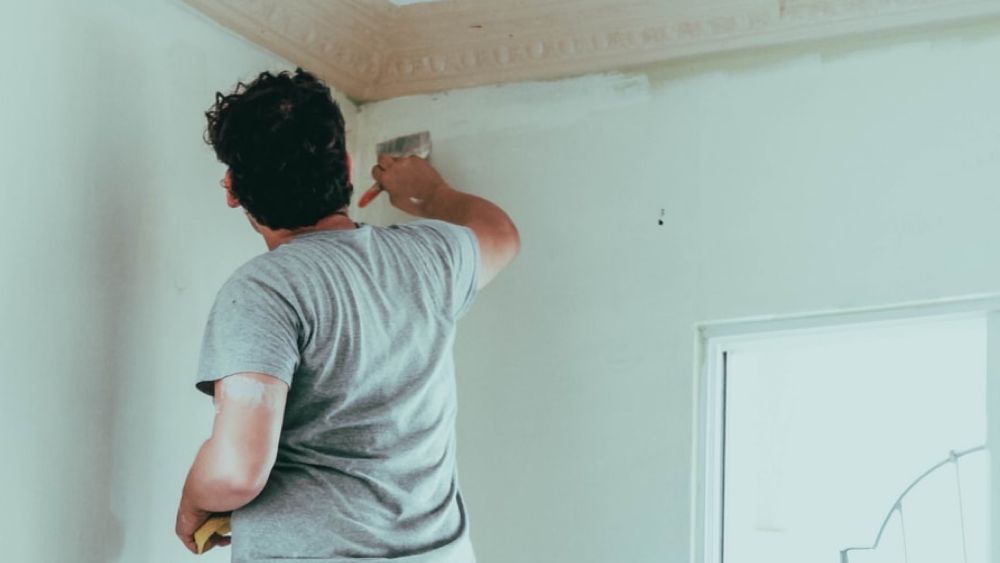
An owner builder construction loan – where you are building or finishing off the property yourself – works differently to a construction loan where the costs from a registered builder are mostly fixed.
Generally speaking lenders are happy to lend up to 80% of the value of the land and only 65% of the construction costs for an owner builder. In the case of an uninhabitable house they may be willing to lend 80% of the value of the land/existing property and then 65% on the remaining construction costs.
This is harder to get than a standard construction loan and you need to have a very detailed very accurate construction plan and costings on the unfinished home to provide to the lenders. That notebook you have drawings and rough quotes in probably won’t suffice.
3. Vendor Finance (also known as Owner or Seller Finance)
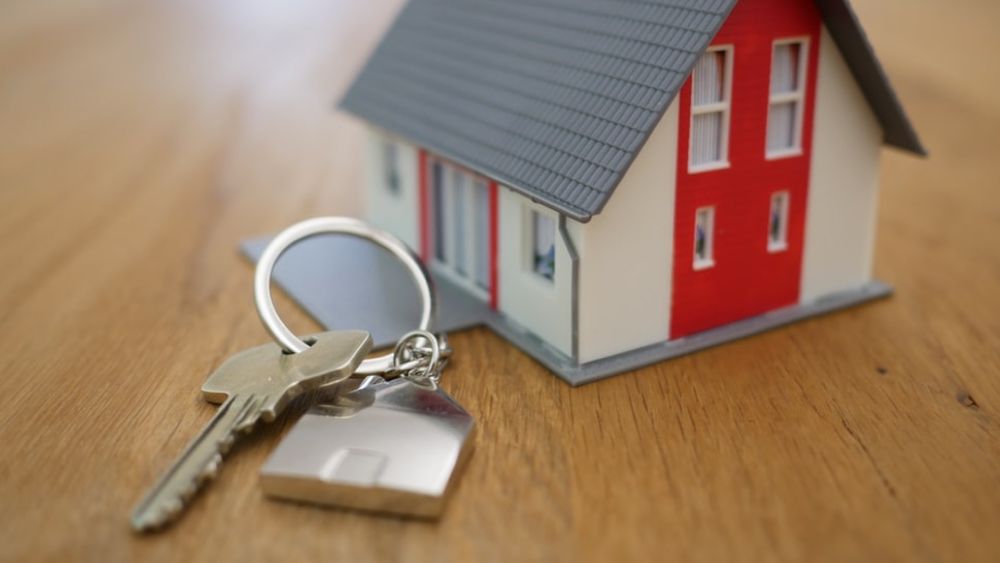
Another option is vendor finance. Vendor finance is very common in America but is less common in Australia. It is legal in most states and is where the existing owner provides the finance to the new buyer instead of a traditional lender. More on what vendor finance is here.
Rather than sourcing finance from a bank or lender you could approach the seller and ask them to finance the property to you. When this happens you agree to pay a set price for the property but you pay it off over time plus interest.
For uninhabitable houses vendor finance is usually provided while the construction is being completed. Once the construction is completed then a traditional house mortgage would be sought and you would pay the original owner out in full.
The issue with vendor financing is that it is usually very difficult to get the extra finances needed to pay for the construction. The lender will may be happy to provide the finance for the value of the land and existing property (this doesn’t immediately affect their hip pocket), but if they need to find a further $50,000 to actually give to you so you can finish the construction this is a much more difficult deal to negotiate.
4. Long Settlement with Standard Finance
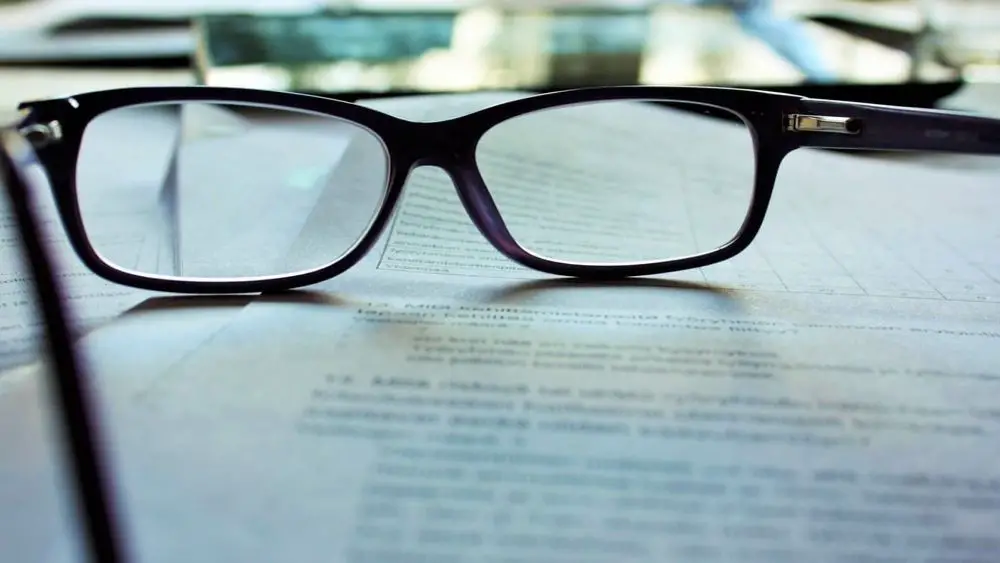
The last option is to secure a long settlement (say 6 months instead of the standard 4-6 weeks) and completing the property during that time.
So you would agree to purchase the uninhabitable house at a set amount, but settlement would not occur for 6 months…when the title is finally put into your name and you have to pay the full amount to the seller.
You put a clause in the contract that gives you full access to the property during the settlement period and full discretion to do whatever construction work needs to be done.
The idea is that when you finally settle on the property in 6 months time it is complete and now considered a habitable property. You can then easily source traditional finance for the property and buy it just like you would any other house.
The issues and risks is that you need to pay for the construction yourself, either with cash or through an equity loan on another property, and if you fail the settle then all the construction work and costs you cannot recoup.
Should I Buy an Uninhabitable House?
Uninhabitable houses can be bought for below market rates due to the fact that traditional financing is unavailable. This means, with some effort, you could gain instant equity once the house it completed.
However, it is not without risks. So always understand all the risks before investing in an uninhabitable property or any real estate venture that is a little abnormal.
DISCLAIMER No Legal, Financial & Taxation Advice
The Listener, Reader or Viewer acknowledges and agrees that:
- Any information provided by us is provided as general information and for general information purposes only;
- We have not taken the Listener, Reader or Viewers personal and financial circumstances into account when providing information;
- We must not and have not provided legal, financial or taxation advice to the Listener, Reader or Viewer;
- The information provided must be verified by the Listener, Reader or Viewer prior to the Listener, Reader or Viewer acting or relying on the information by an independent professional advisor including a legal, financial, taxation advisor and the Listener, Reader or Viewers accountant;
- The information may not be suitable or applicable to the Listener, Reader or Viewer's individual circumstances;
- We do not hold an Australian Financial Services Licence as defined by section 9 of the Corporations Act 2001 (Cth) and we are not authorised to provide financial services to the Listener, Reader or Viewer, and we have not provided financial services to the Listener, Reader or Viewer.
"This property investment strategy is so simple it actually works"
Want to achieve baseline financial freedom and security through investing in property? Want a low risk, straightforward way to do it? Join more than 20,000 investors who have transformed the way they invest in property."
